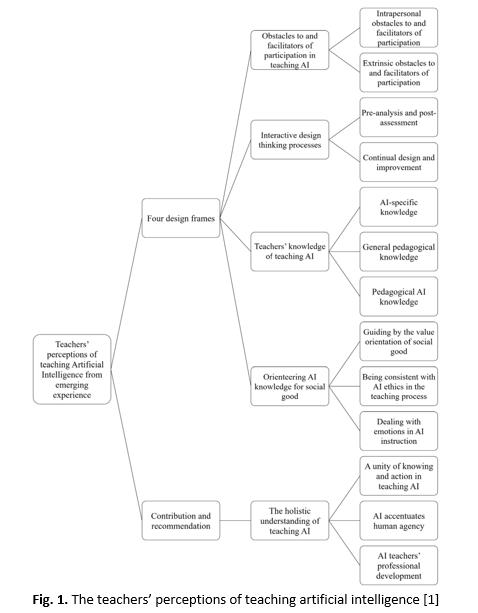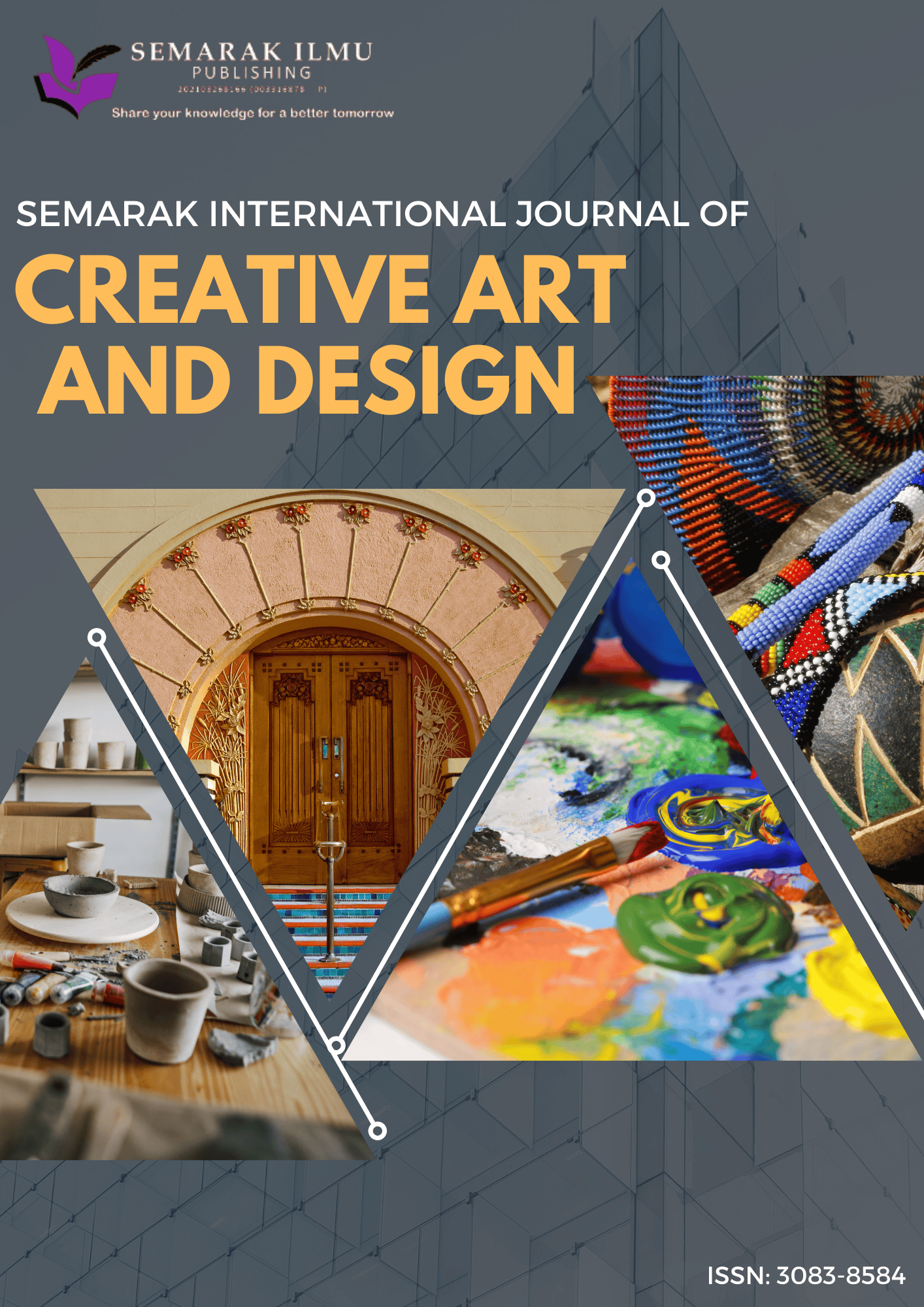The Integration of AI in Design Thinking for Enhancing Student Creativity and Critical Thinking in Digital Media Learning
DOI:
https://doi.org/10.37934/sijcad.4.1.2437Keywords:
Artificial Intelligence (AI), design thinking, digital mediaAbstract
The use of Artificial Intelligence (AI) in education has advanced rapidly, creating new prospects for improving creativity and critical thinking, particularly in digital media learning. This paper does a literature analysis to answer the research question: How beneficial is the employment of AI in design thinking-based activities in improving students' creativity and critical thinking in digital media education. A total of 118 peer-reviewed papers from the Scopus database (2020-2025) were initially discovered, with 36 selected after rigorous screening for relevance, methodology, and theme alignment. The analysis revealed three important themes: computational thinking, creative pedagogy, and hybrid learning. The findings show that AI-enhanced design thinking improves students' algorithmic reasoning and problem-solving abilities, which are critical for computational thinking growth. Furthermore, creative pedagogical techniques, such as project-based learning with AI tools, dramatically increase divergent thinking, learner motivation, and innovative outcomes. Hybrid learning environments that combine AI-powered platforms with human-centered design thinking provide more personalized, flexible, and immersive learning experiences. According to studies, generative AI tools like ChatGPT and no-code platforms enable creative experimentation and reflective learning. However, problems include insufficient teacher preparedness, ethical considerations, and the danger of decreased teamwork as a result of too specialized tasks. Overall, the literature supports the educational value of incorporating AI into design thinking to develop 21st-century abilities. This review emphasizes the importance of multidisciplinary, ethically conscious educational methods for maximizing the benefits of AI in digital media education.













